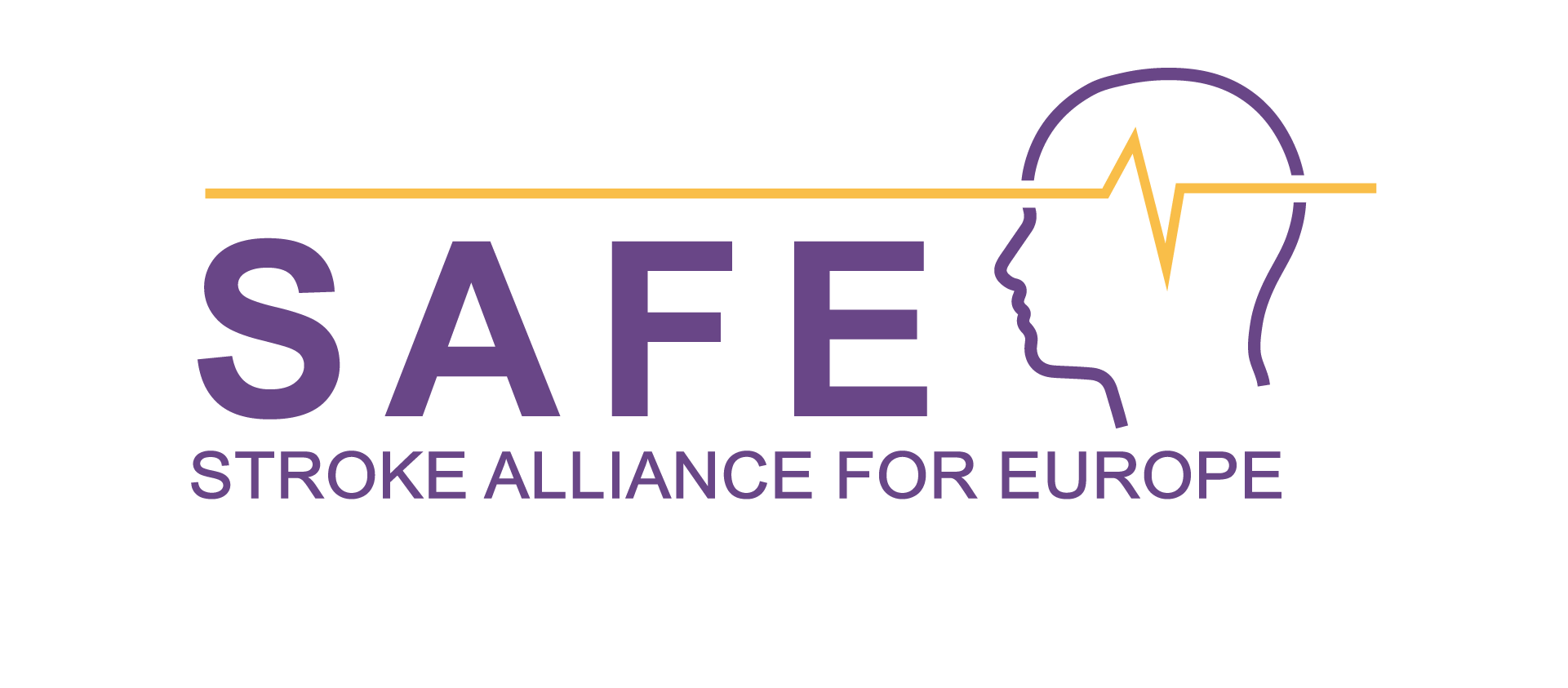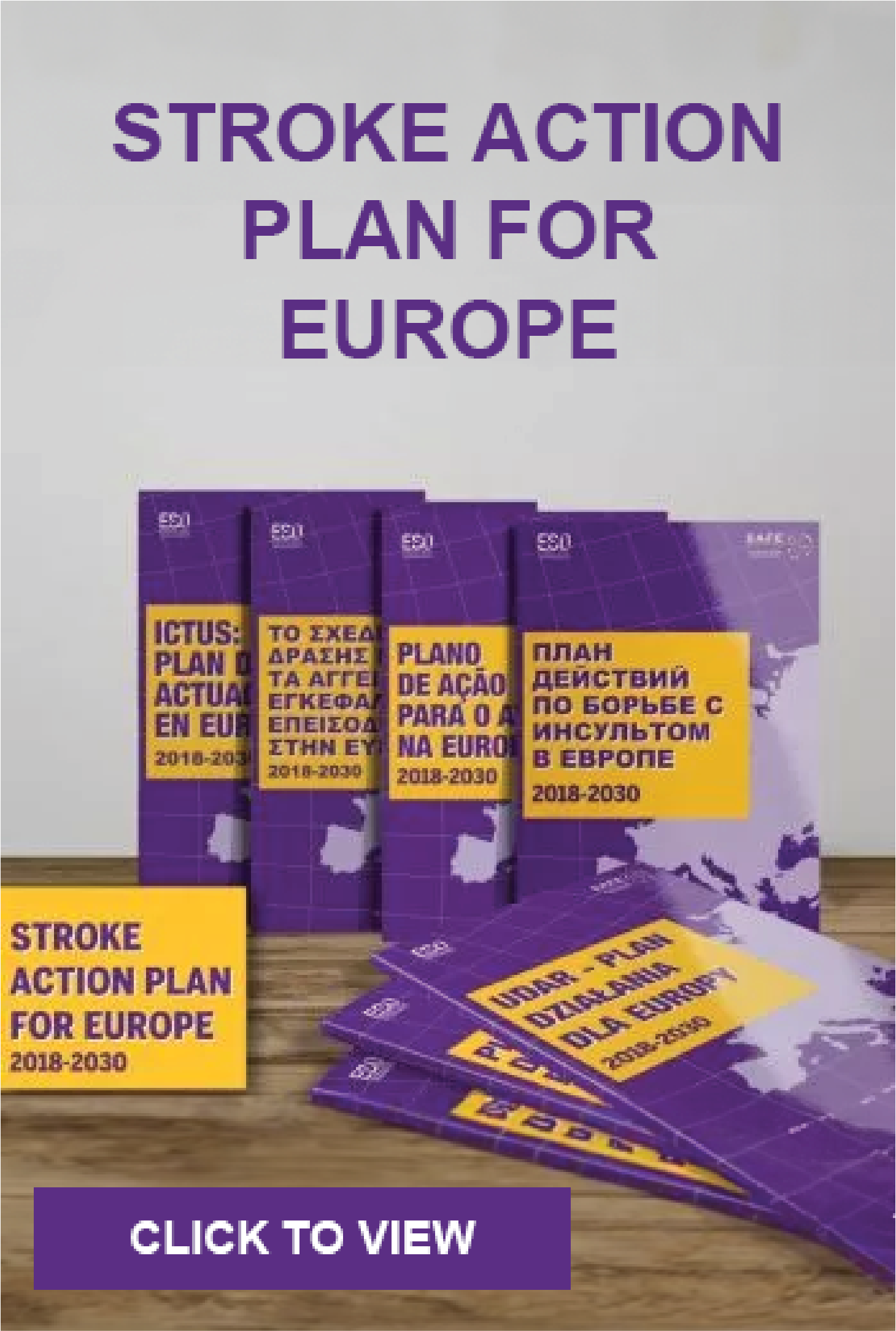Expanding treatment options for stroke 
We joined the EU-funded TENSION stroke research project in 2018 as we felt that it would help expand the treatment options for stroke patients.
Here Professor Claus Simonsen, Denmark, tells us about his vision for the project: https://youtu.be/N_H1BygYQ7w
We ask Dr Silke Hopf-Jensen, Germany, a lead researcher on the project, about how this valuable stroke research project is progressing.
Dr Hopf-Jensen – what is the research about?
Stroke is still one the global leading cause of death and disability. Most strokes happen when a blood clot blocks an artery that supplies the brain. This is called an ischaemic stroke. The longer the clot remains, the less blood and oxygen is supplied to the brain, resulting in brain damage and post-stroke disability.
The most common and standard form of treatment for an ischaemic stroke is thrombolysis. This is where medicine called recombinant tissue plasminogen activator is given within 4.5 hours of a stroke, separating the clot, enabling blood flow to the brain.
Since 2015 a treatment called mechanical thrombectomy has been used for some stroke patients. This involves using a specially designed clot removal device inserted through a catheter to pull or suck out the clot. Once removed, the blood moves freely again in the arteries of the brain which vitally reduces further the damage to the brain and post-stroke disability.
Mechanical thrombectomy is currently only available to a limited number of people within six hours of a stroke and in exceptional cases up to 12 hours, and cannot be given if there is too much brain damage. Many people who have suffered a severe stroke cannot access this treatment as currently there is no research evidence to show it is safe to use it in this group of patients.
Our EU-funded TENSION study, which involves collaboration of universities across Europe and the participation of many stroke survivors, aims to discover if mechanical thrombectomy can be safely used in more ischaemic stroke patients.
Dr Hopf-Jensen – what results do you have so far?
Our project started in 2018 and nearly 200 stroke patients have participated in the trial in up to 40 centres across Europe.
Our early results show that some patients with severe stroke and extensive brain damage may benefit from mechanical thrombectomy.
We have shown that removing the clot does allow blood to flow back into the arteries of some of these patients. These patients should then recover with less damage caused by the stroke than we would have seen without thrombectomy.
Our study shows that the location of the clot in the brain could affect recovery after mechanical thrombectomy. For example, if the stroke happens inside of the areas that control language or movement in the arm/legs, these patients could have a good chance of a full recovery after thrombectomy.
Dr Hopf-Jensen, this sounds very exciting, what will this research mean for stroke patients?
We urgently need to develop more treatment options for those patients who suffer from severe ischaemic stroke with extended stroke damage.
Our results show the first indications that mechanical thrombectomy could be used safely in some stroke patients who have had a severe/major ischaemic stroke.
What I hope is that, because of this research, with input from stroke patients and researchers across Europe, we can offer an even more individual therapy for each patient and increase the access to this effective treatment across Europe.
You can also listen to Dr Hopf-Jensen talk about the Tension project http://youtu.be/4HZ6qmwvrtg
This trial will run until 2023. For more information about the trial, check out the TENSION website: https://www.tension-study.eu/
TENSION has received funding from the European Union’s Horizon 2020 research and innovation programme under grant agreement No 754640.




